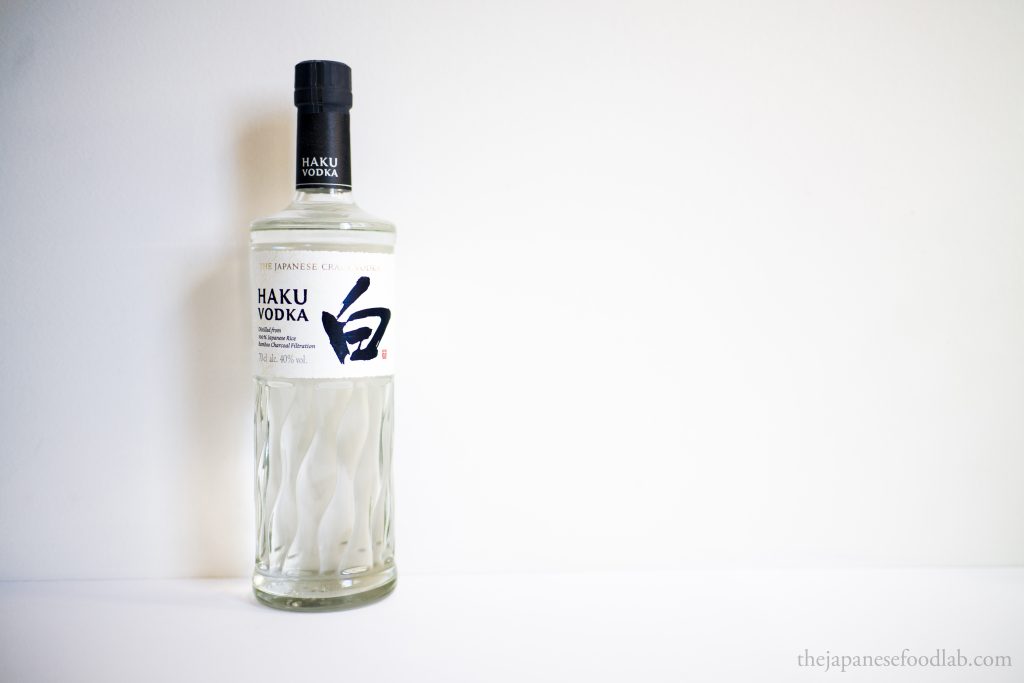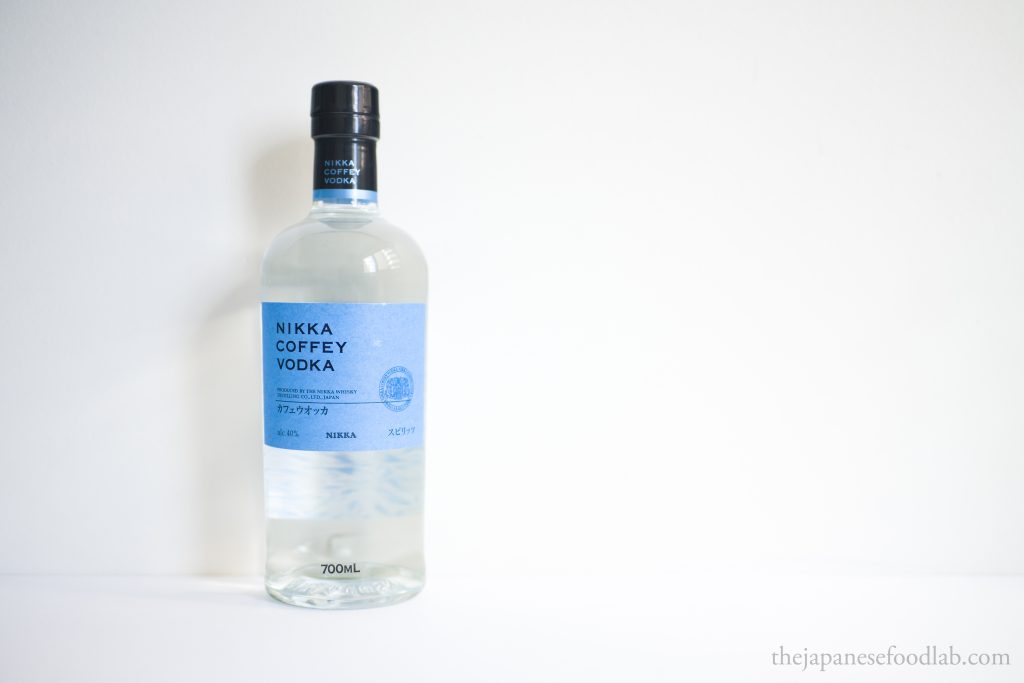
We’ve previously elaborated in our article on the science of tempura batter on how achieving the perfect batter is all about balancing the formation of gluten. Too much gluten and the resulting tempura is soggy and chewy, too little gluten formation and the tempura crust will be thin and sharp in your mouth.
This is achieved through a chef’s choice of flour, batter temperature control and an appropriate amount of mixing to develop the gluten strands, all which are part of the skillset of a tempura chef.
In Japan, such a skillset can be developed through years of work as there exists restaurants that focus on serving just tempura. In the english-speaking world however, this is impossible to find. Instead, modern fine dining restaurants that serve multicourse meals apply a myriad of different cooking techniques, with each course showcasing different textures, preparations and flavor combinations. As such, a chef is required to learn and apply a much wider variety of skills throughout their career, rather than honing in on one single technique.
While we appreciate both approaches to cooking and do not see either one as inferior, it does often mean that a fine dining chef does not have the time to fully master each and every skill and usually settle for a modified version of the technique that ‘does the trick’ or is good enough. In the world of tempura, this has resulted in versions of tempura which are quite far removed from what is found in Japan.
At least on the English internet, one simply has to look up “the secret behind perfect tempura’, or ‘the science of tempura’, and you’ll see recipes that call for sparkling water or the addition of alcohol (usually vodka). We personally love these recipes and actually use them ourselves in our daily meals. At the same time, we also want to raise awareness of how far removed these recipes are from the concept of tempura found in Japan.
From an eating experience, the crust tends to be slightly thicker than traditional tempura, with a much crunchier mouthfeel. Rather than melt in your mouth, the first bite is ever so slightly sharp, as though the pieces of deep fried batter surrounding the food have a more robust quality to them.
This makes sense when you consider the context. These pieces of deep fried food are usually plated up and served with sauce or on top of a puree with other accompanying garnishes, not stand alone and served immediately as you would in a tempura restaurant. Therefore, the crust needs to not only remain crispy during the plating process, but also during contact with wet ingredients such as flavored oils, garnishes and sauces. If you used the delicate batter for traditional tempura, the crust would immediately go soggy, and so this modern style of ‘tempura’ batter evolved through experimentation in the industry, spreading from restaurant to restaurant until it became standard issue.
How does Vodka affect tempura batter?
As elaborated on in our article on how to maintain tempura batter, gluten continues to develop in tempura batter even without any additional mixing, causing the resulting tempura to take on a chewy texture. One trick we recommend is to cool your batter down as much as possible with ice as it slows down the formation of additional gluten. Adding Vodka works in a similar way in that it inhibits the formation of long gluten strands. This not only keeps the tempura crispy, but slows down the rate of deterioration and allows the batter to have a much longer lifespan. To learn more, read our article on the science of tempura batter.

Vodka tempura batter recipe
While we wouldn’t use this recipe in a multicourse tempura meal, this version of the recipe below is our go to one for tempura dishes served as part of a western-style meal. We love it as it’s extremely stable, remains crispy for a long time, and maintains its structure even when paired with other garnishes.
You’ll find many recipes that have substituted quite a high percentage of water with vodka. However, we wanted to optimize this recipe to be more economical as Vodka can be quite expensive depending on where you live. You can substitute the Vodka for any neutral food grade alcohol of your choice as any flavoring will be imparted into the food. You’ll just want to ensure that the alcohol percentage is around the same.
80g cake flour
80g rice flour or cornstarch
2 ice cubes, ~20g each totaling 40 g
100ml of Water (ideally ice cold and/or sparkling but if not normal water works)
60ml of Vodka
1 egg, ~50g each
To start, make the batter whilst the oil is heating up by whisking everything together with a pair of chopsticks until barely combined. Once the oil has reached the desired temperature (180°C for fish and meat and 170°C for vegetables), dust an ingredient that has previously been patted dry in rice flour, dip into the bowl of batter and add to the hot oil. Immediately sprinkle some additional batter into the oil to give the tempura an added crispiness. Once the tempura has turned a light golden colour and the steam bubbles have started to become small, remove from the oil and dab on the tempura paper to remove excess oil, before placing it on the wire rack of the guest to immediately enjoy.
Before frying the next piece of tempura, use a small sieve to remove any excess batter remaining in the oil and ensure that the oil is back up to temperature before adding in any additional pieces.